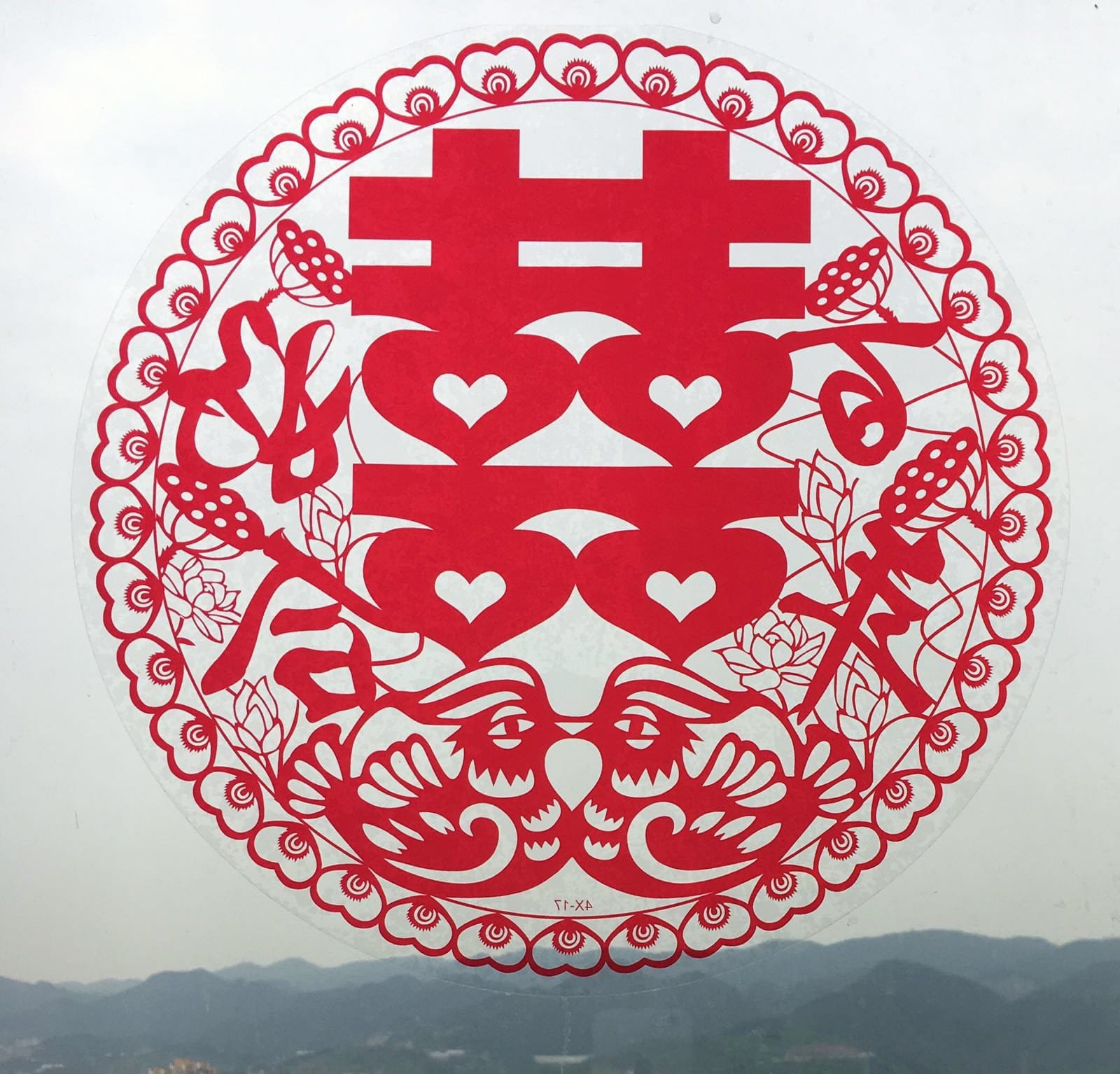Songwangsa – 송광사
Songwangsa (송광사) is one of the most beautiful temples in Korea and was lucky to spend the night.
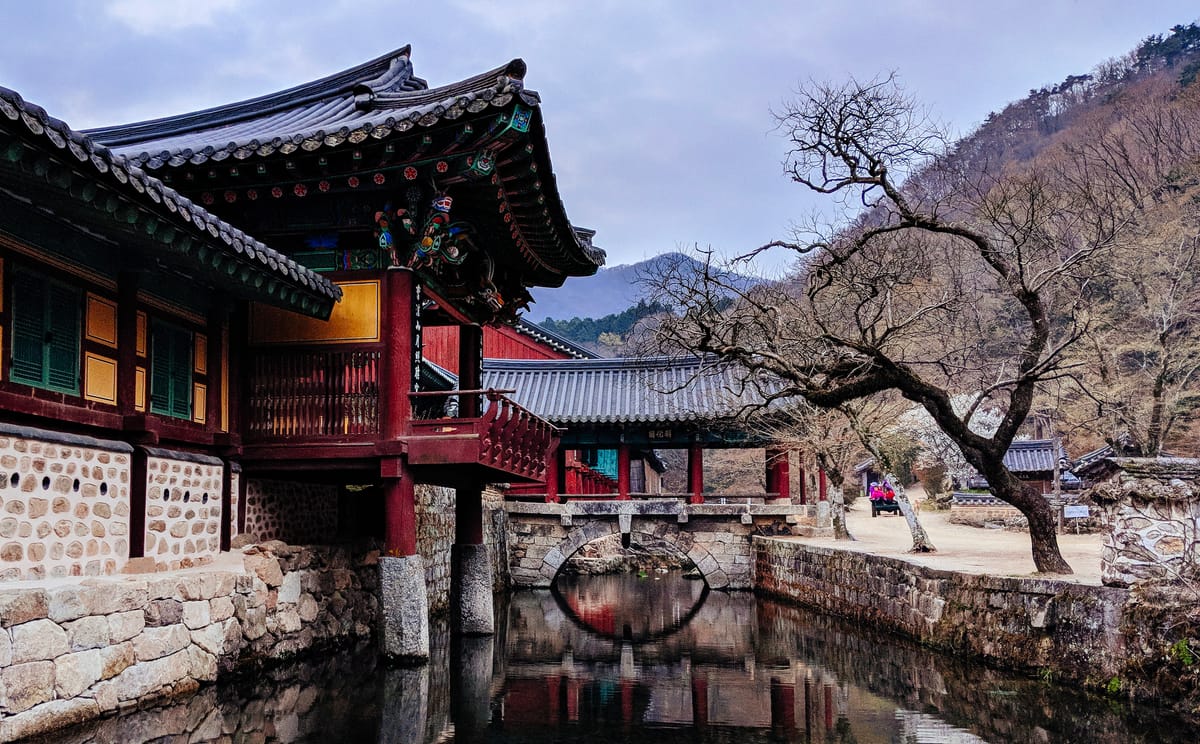
It was dark and cold. The door opened into nothingness, but there were the sounds of the bell. Breakfast was going to be served. It was 6 am, and it would be gone. Dressed in heavy clothing, we needed to run before they ran out.
Along the way, the sky started turning blue, and the buildings of the temple began to show. The birds' sounds and the bamboo's cracking snapping in the wind filled the air.
Songwangsa (송광사) started in 867 AD but has been rebuilt many times due to invasion and war. The temple is one of the “three jewels” of Buddhism in Korea. It has produced some of Korea’s most celebrated monks. It was founded by the monk Jinul, who is considered one of the most influential figures in Korean Buddhism. Jinul introduced the practice of Seon (Zen) Buddhism to Korea and established Songgwangsa as a center for Seon meditation. The temple has a long history of serving as a place of spiritual retreat and learning, and it has survived numerous invasions and natural disasters over the centuries.
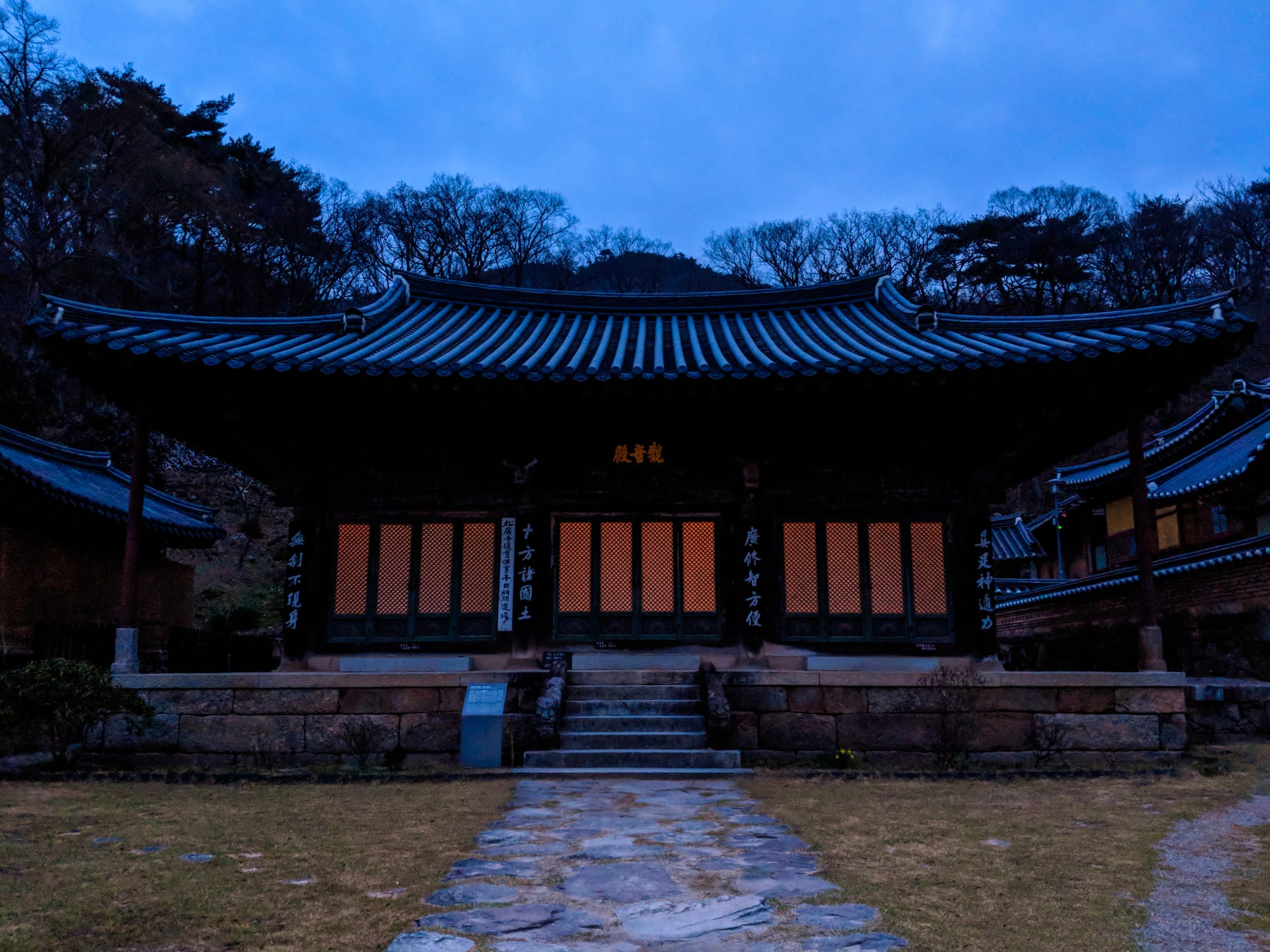
When walking to breakfast, I needed to bow in front of the main building (Daeungbojeon) to ‘show respect’ the head of the temple told me. I am the only westerner here, and they have paired me with the head of the temple who only speaks a little bit of English.
The breakfast, lunch, and dinner are all the same and simple – rice or noodles, vegetables, seaweed, red pepper paste and some mushrooms. We then mix it in a bowl. The 15 monks sit on one side. I am on my own. There is enough time to wander before the morning meditations at 7 am.
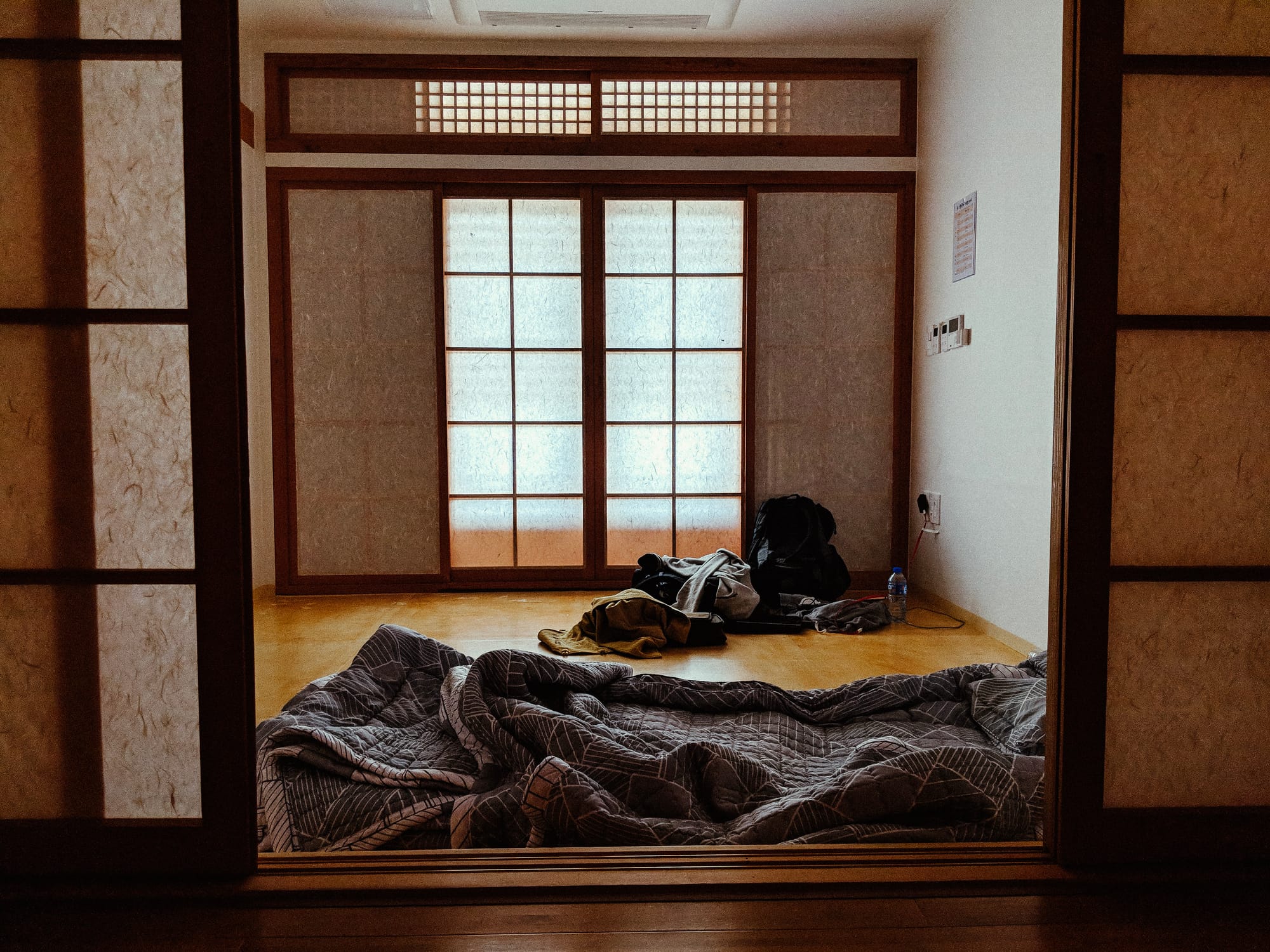
The temple is on the side of a mountain (Mount Jogye) surrounded by pine trees, part of the Jogyesan Provincial Park. It is why the name of the monastery translates into the pine monastery. You can see the mountains and the sun rising through the valleys from the top ofstaircase a narrow stone .
The public enters the compound through a bridge called Cheongryanggak. The bridge has a small pavilion where people can rest after a short hike up from the main road. The bridge has many beautiful paintings, and signs. It is a lovely resting place before entering. Before entering the temple, there are wooden monsters on each side of the path to scare away evil spirits.
The main entrance is under the drum tower (Chonggo-ru). It is the drums and bells that controls the time within the temple complex. The sound of the bell is for food. The banging of the drums, in a rhythmic fashion, is the call for chanting and meditation. It is the meditation which most come for to purify themselves from the outside world.
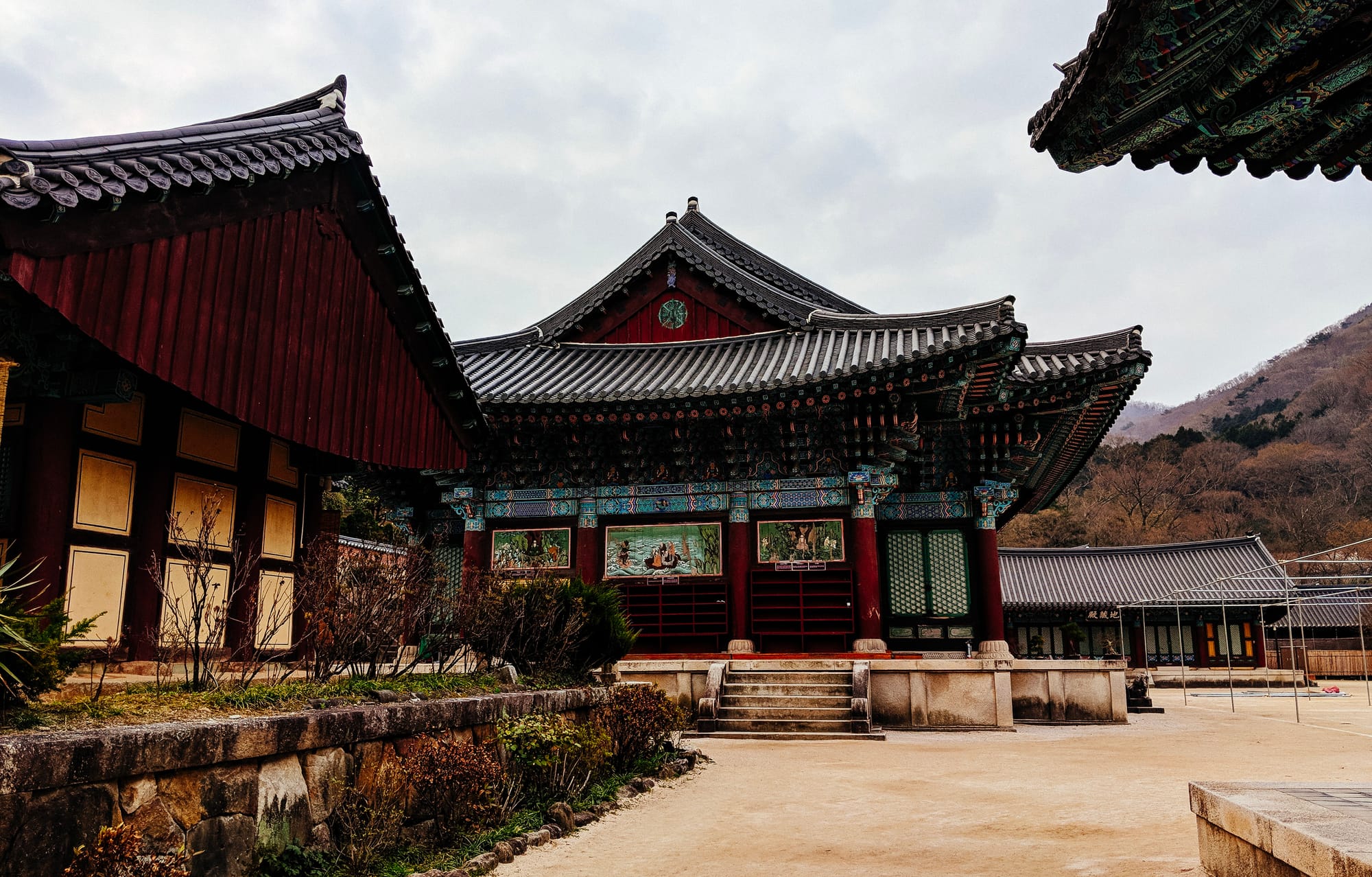
It is in the main temple hall where the meditation takes place. There are three golden Buddhas. It starts with the ringing of a small bell. The sound dissipates through the chamber. The chanting begins, all in Korean. They gave me a little slip of English but ignored it. The chants are hypnotic. I close my eyes and let my mind focus on the sounds, the smells of the incense and the chanting. We sit cross-legged on mats on the floor, but it is too hard for my knees and joints, and soon sit on my side then with the legs out. The uncomfortableness brings me out of my state and leaves me frustrated when it shouldn’t. My mind wonders when it should be present.
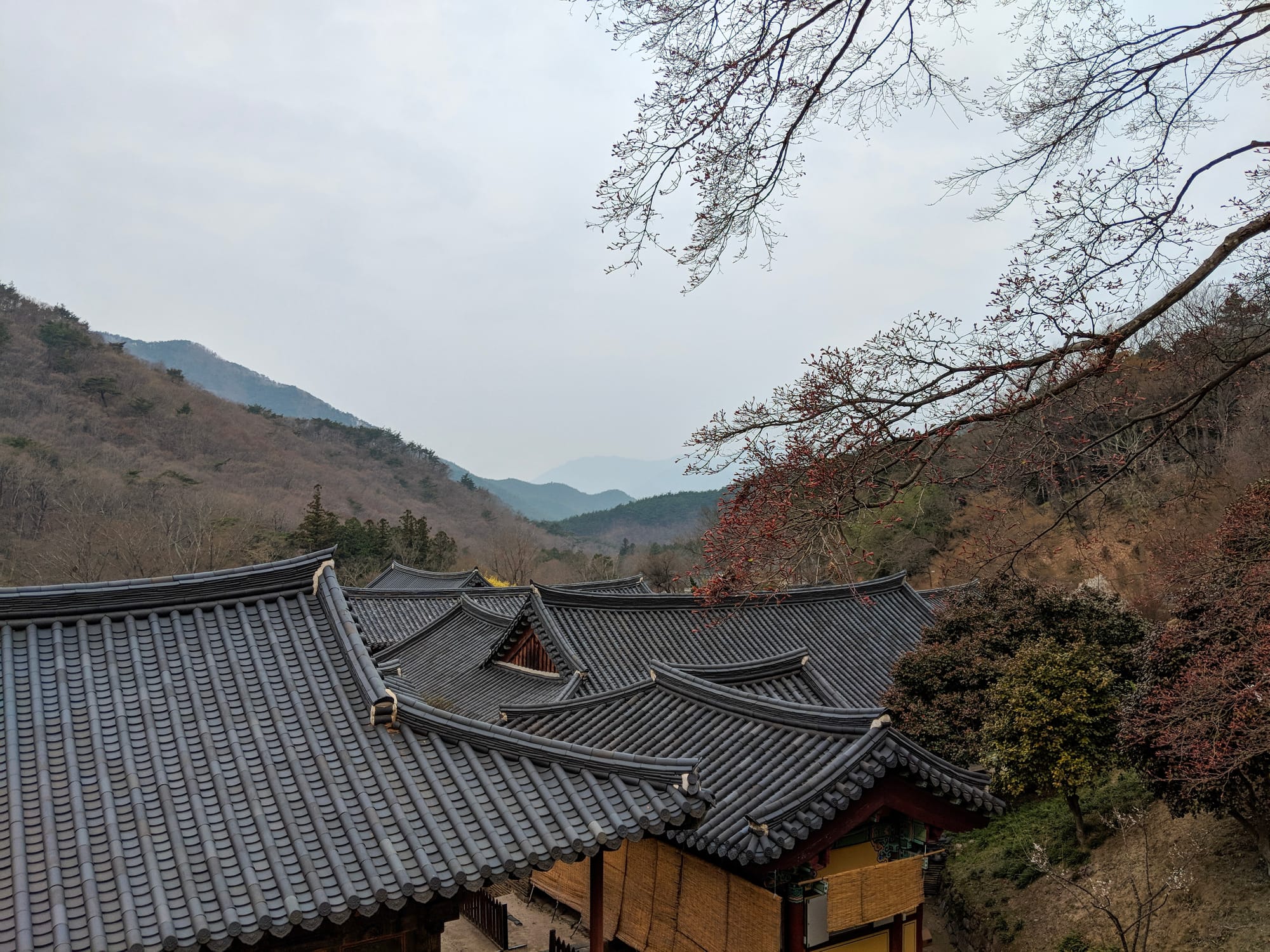
Hiking down from the temple, I noticed the trees were barren, but there were buds. The delicate cherry blossoms are beginning to come out. The temperature is getting warmer with the rise of the sun. The nothingness has become something. The bells for lunch are ringing, but I am already down the mountain waiting for the bus to return to the city.
